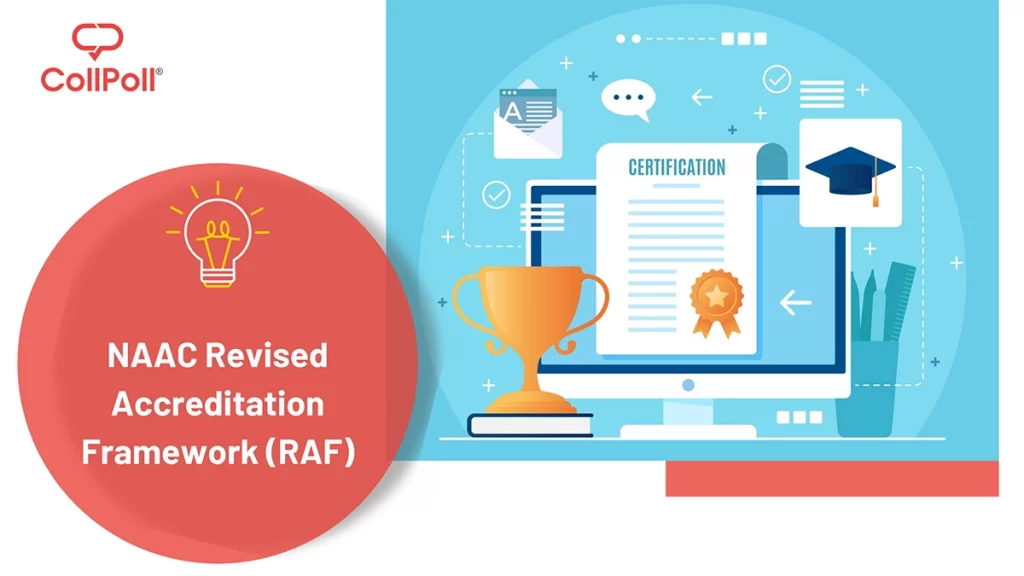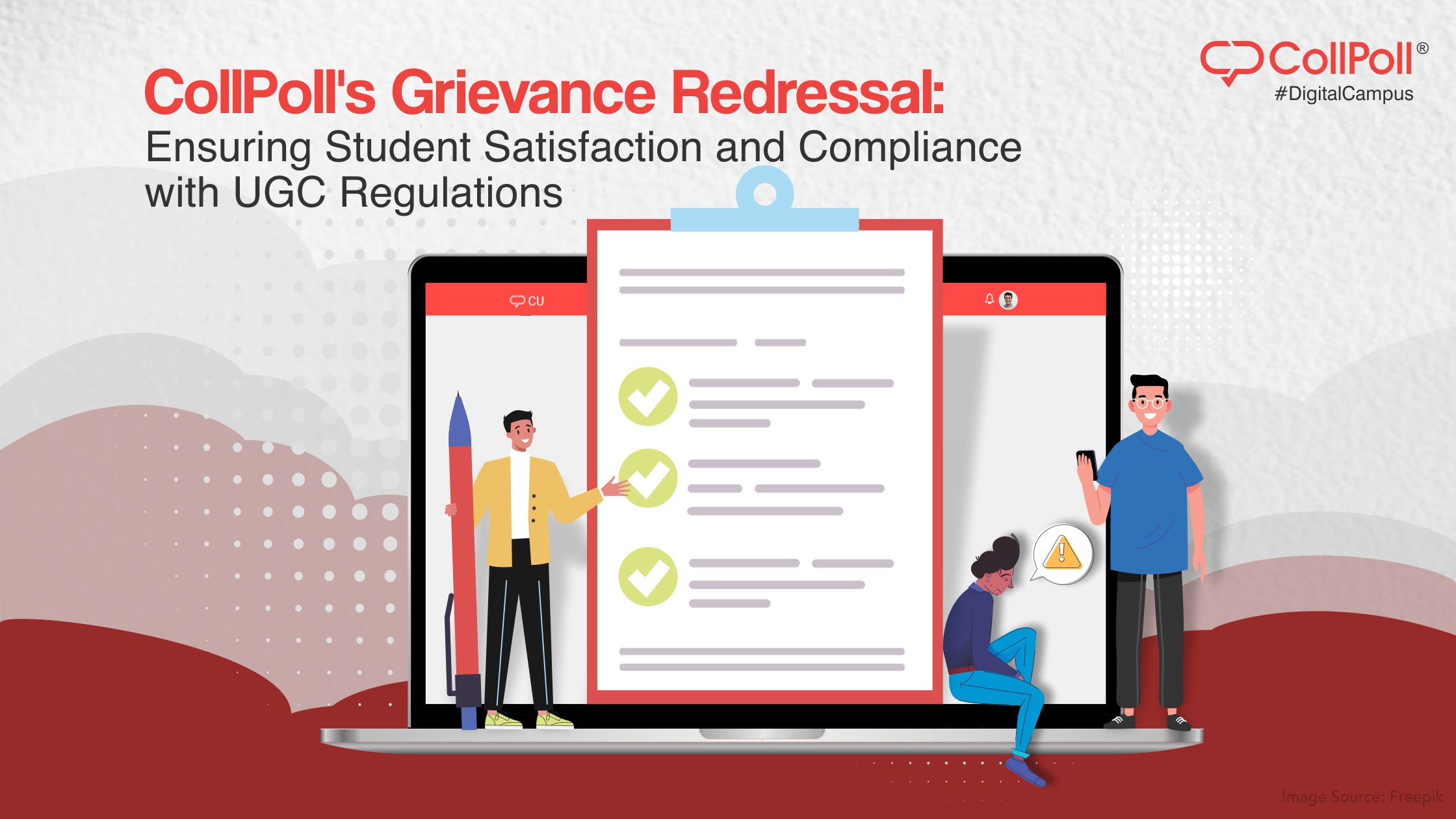In the past few years, the government has taken several initiatives to enable more students to access primary and higher education. The pandemic may be a setback, but the New Education Policy has brought various reforms and initiatives to benefit the Indian education system and the Indian students in the long term.
The Revised Assessment and Accreditation Framework is also a step towards a better education system. It aims to transform the Indian education system by making it ICT-enabled, transparent, scalable, and robust. The NAAC accreditation guidelines outline higher education institutions’ criteria to be eligible for their endorsement.
Here’s a look at what’s changed in the Revised Accreditation Framework (RAF) for NAAC assessment and accreditation –
- Reducing the dependency on qualitative peer judgment wherever possible and replacing it with quantitative evaluation based on actual data. The shift to quantitative assessment aims to improve objectivity and transparency in the NAAC accreditation process.
- Increased use of information and communication technology in the learning process to make the education system scalable and robust.
- Simplifying the assessment and accreditation process by reducing the number of questions, size of the reports, number of visit days, etc.
- Establishing benchmarks using NAAC indicators to improve the quality of education offered in India’s higher education institutions. Benchmarks have been created using international QA frameworks.
- Introducing system-generated scores (SGS) combined with online evaluation (70%) and peer judgment (30%)
- Only those institutions that fulfil the pre-qualifying criteria by scoring at least 30% of the system generated score will be eligible for a peer team visit.
- Introduced third-party validation of the data presented in an institution’s application.
- Providing the appropriate differences in metrics, weights, and benchmarks to universities, autonomous colleges, and affiliated/constituent colleges.
- Revising various metrics to help improve the participation of students and alumna in the assessment process.
Understanding the Process of NAAC Accreditation –
The accreditation process is now three-tiered. Leveraging ICT has enabled NAAC to create a process that includes the Student Satisfaction Survey and Data Verification and Validation for added value.
- Institutional Information for Quality Assessment (IIQA) and Self Study Report (SSR) – The Institutional information for quality assessment (IIQA) and the self-study report (SSR) represent the intent of the HEI to apply for assessment and accreditation.
- Data Validation and Verification (DVV) and Pre-qualifier Score – At this stage, the submitted information is analysed and subjected to an online assessment. Institutions scoring lower than 30% on the quantitative metrics will qualify for onsite peer review or assessment.
- Preparation for Student Satisfaction Survey (SSS) – The next step is to prepare for the student satisfaction survey and obtain the response from at least 10% of the enrolled students in the institution.
- Onsite Assessment / Peer Review by Visiting Teams – The peer review is focused on the qualitative aspect of the assessment. An institution needs a minimum of 30% score to qualify for accreditation approval. A team of peer reviewers nominated by NAAC conducted the evaluation in this step.
Higher education institutions should get all the documentation and preparation right to complete the accreditation process. It is best to partner with an expert who can offer the proper guidance in this process. CollPoll can help your higher education institution get the NAAC accreditation with a good score.
The NAAC RAF is an essential step in laying the foundation of India’s robust higher education system. It will help colleges gear up for the more significant changes in the NEP 2020, including the multi-disciplinary undergraduate and postgraduate programs.





